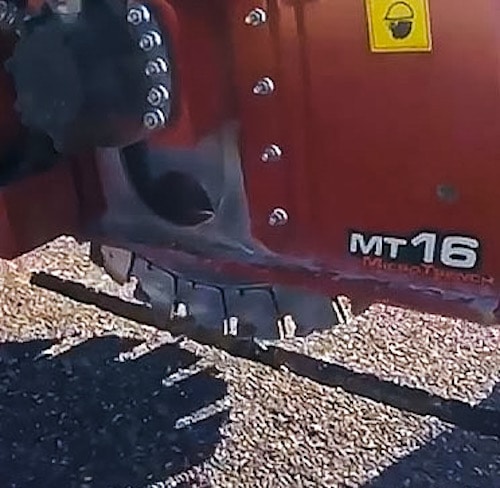What is the Best Method for Laying Underground Utilities?
There are several techniques for laying underground utility pipes, and each technique has its pros and cons. Some of the more common utility services include trenching, directional drilling, micro trenching, and plowing.
When choosing the right method, utility service providers need to consider a lot of things, such as the type of soil, debris, the potential impact on the environment, and more importantly, the type of underground utility you are looking to install, i.e., fiber optic, conduit, cable, electrical, gas or water lines, sewage, or any other.
You need to consult an expert about the best method before deciding which method you are going to go with. Let’s take a closer look at some methods for laying an underground utility and when they might be suitable.
Choosing The Right Method for Underground Utilities
Directional Drilling Vs. Open-Cut Trenching
More project managers prefer directional drilling these days instead of open-cut trenching for underground utilities. Not only is directional drilling more cost-effective, but it also doesn’t disturb the soil as much as open cuts do. Directional drilling is also more efficient and versatile.
The deeper you want your utilities to go, the more effective directional drilling becomes.
Plowing
If you’re looking for speed and aren’t confined to an urban area or hard surfaces, plowing can help you speed up the underground utility installation process significantly. It is best used to bury small poly conduits in soft soil rather quickly. It should take a single pass with the right soil conditions, and you generally don’t have to worry about restoration work.
However, with this method, you can only go as deep as 121.9 cm (48 inches).
Trenching
Trenching is a relatively broad term that involves a broad range of sizes and depths. It usually takes longer than plowing or directional drilling, but it opens up the land enough to give you more room to work. They are also able to dig deeper, making laying water and gas lines easier.
Trenching is also used for sewage and laying septic tanks in many cases.
There is the traditional trenching, in which the soil is cut, dug up, and opened, and there is nano or microtrenching. While trenching jobs require more restoration after the underground utility has been installed, microtrenching mostly eliminates this issue.
Here, only a small cut is made in the ground where a conduit can be placed. This is one of the quickest utility installation methods and can also be used in asphalt and concrete.
If you are looking for the best underground utility method for your next project, whether it’s for installing a new line or servicing/maintaining an existing one, we suggest you give Americom’s experts a quick call. We’d love to help you understand the intricacies involved with the different underground utility methods.




